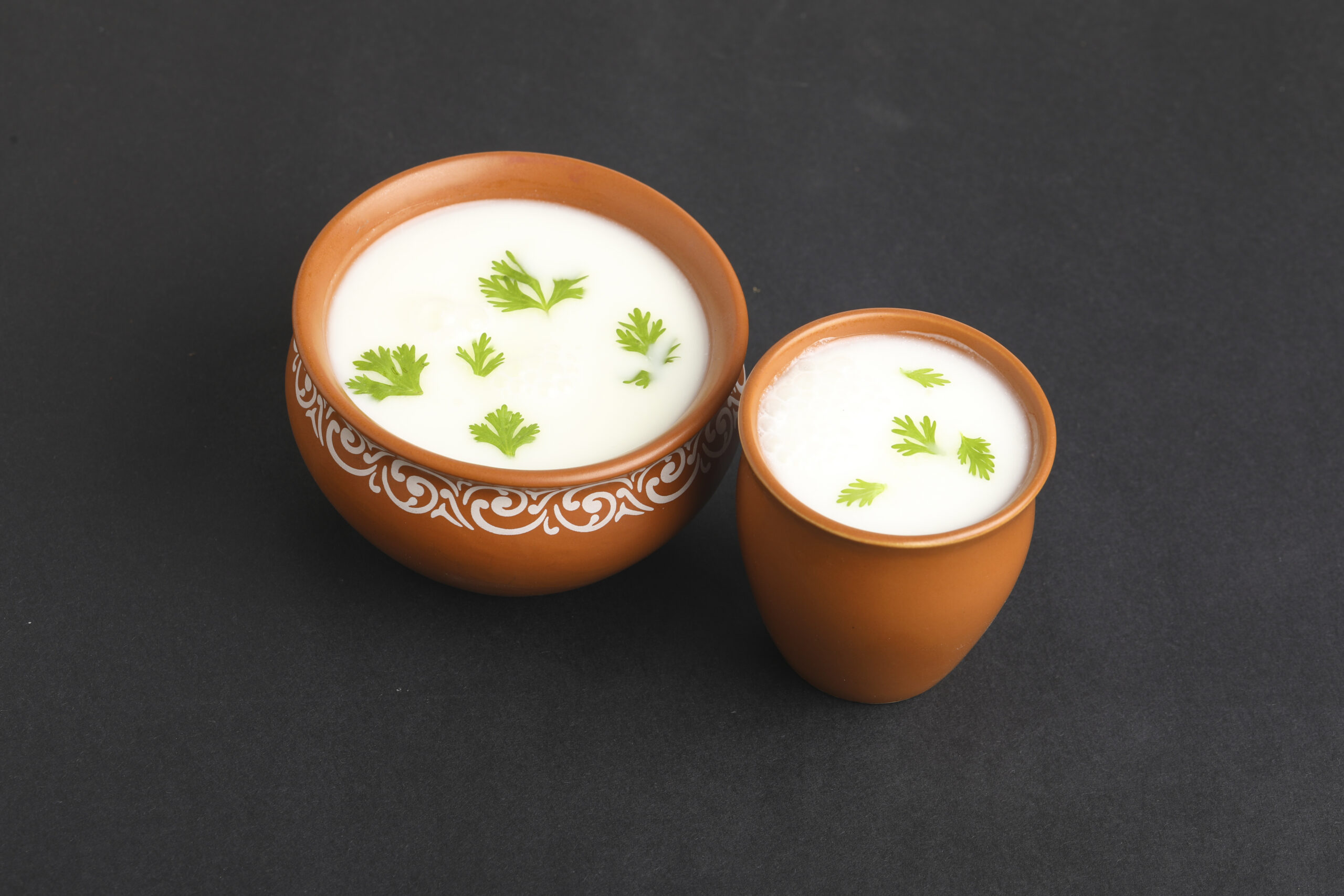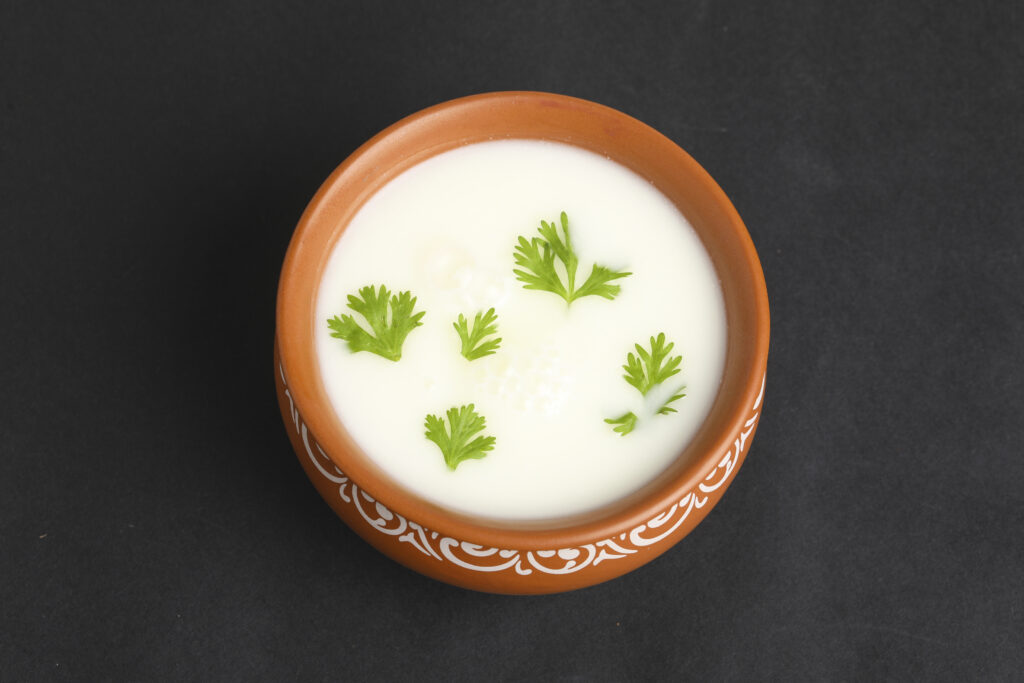- LIFE
55 Very Best Winnie the Pooh Quotes


Buttermilk is a versatile ingredient that can elevate many recipes, from pancakes to fried chicken. However, finding fresh buttermilk at the store isn’t always convenient, and that’s where homemade alternatives come in handy. With just a few simple ingredients, you can create your own buttermilk using vinegar. This method is not only quick and cost-effective but also ensures you have buttermilk on hand whenever you need it. Follow this guide to learn how to make buttermilk with vinegar, along with tips on tools, safety, troubleshooting, and maintenance.

Creating buttermilk with vinegar is a straightforward process. Here’s a step-by-step guide to ensure perfect results every time.
The primary ingredients for homemade buttermilk using vinegar are simple and likely already in your kitchen:
For every cup of buttermilk needed, measure out one cup of milk and one tablespoon of vinegar. Adjust the quantities based on how much buttermilk your recipe requires.
Pour the milk into a bowl or large measuring cup and add the vinegar. Stir the mixture thoroughly to ensure the vinegar is evenly distributed throughout the milk.
Allow the mixture to sit at room temperature for about 5 to 10 minutes. During this time, the acid in the vinegar will cause the milk to curdle slightly, thickening the mixture and giving it the tangy flavor characteristic of buttermilk.
Once the mixture has thickened, it is ready to use in your favorite recipes. If you’re not using it immediately, store it in the refrigerator in an airtight container for up to a week.
To make buttermilk with vinegar, you will need a few basic kitchen tools and materials. Here’s a list of what you’ll need:
While making buttermilk with vinegar is generally safe, there are a few precautions to keep in mind:
Even with a simple process, issues can occasionally arise. Here are some common problems and how to solve them:
If your buttermilk is too thin, it may not have been left to sit long enough. Allow it to rest for a few more minutes to thicken. Alternatively, try using whole milk instead of low-fat options for a creamier consistency.
If your buttermilk tastes too sour, you may have used too much vinegar. Ensure you are using the correct ratio of one tablespoon of vinegar per cup of milk. If the taste is still too strong, try diluting it with a little more milk.
Proper storage is key to maintaining the freshness of your homemade buttermilk. Here’s how to keep it fresh for longer:
By following these simple steps and guidelines, you can easily make your own buttermilk with vinegar at home. This method not only saves a trip to the store but also provides a quick solution when you need buttermilk in a pinch. Enjoy the convenience and versatility of homemade buttermilk in your culinary creations.